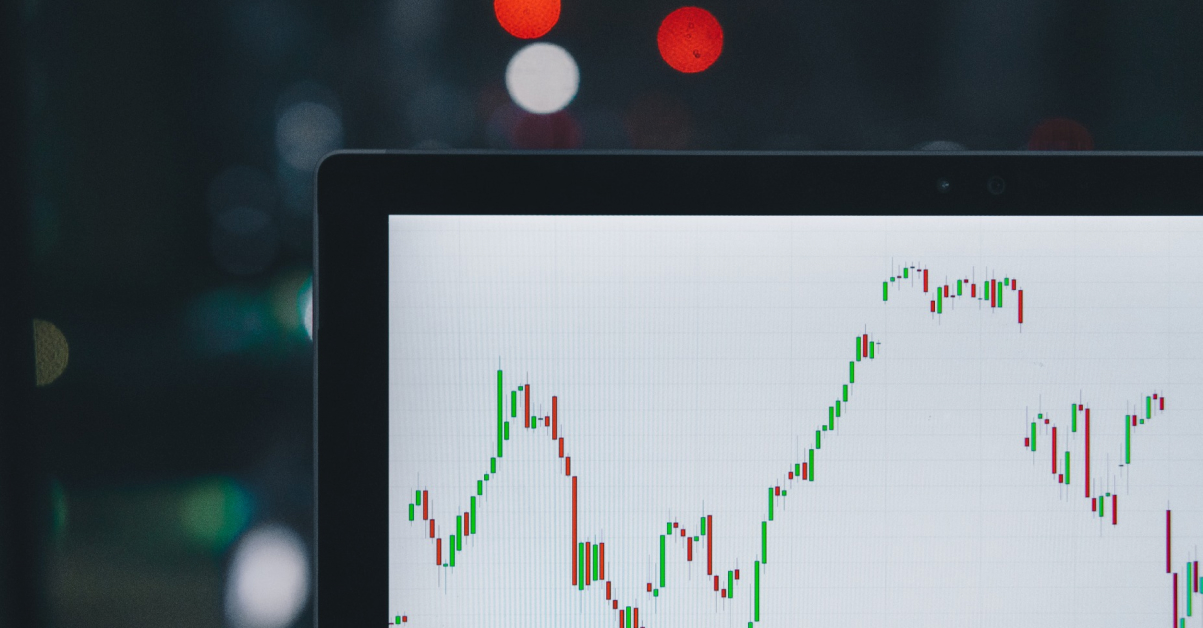Risk models are tools used in investment analysis to evaluate potential losses from investment decisions. They are especially important for investors who want to minimize risk while maximizing return on investment.
I. There are two types of risk models: priori and posteriori risk models.

1. Posteriori risk models
Posteriori risk models are built on historical data and consider the actual outcomes of previous investments. Using these models, investors can forecast future investment outcomes based on historical data. These models examine the volatility of return rates, credit risk, market risk, and operational risk. This assists investors in determining the risk of investing in specific assets or asset classes.
2. Priori risk models
Priori risk models, on the other hand, rely on professional judgments or hypothetical market assumptions. In this instance, the models' estimates of risk are based on the opinions of experts or on mathematical models. The market, political, and economic environments are just a few of the variables that these models can take into account. They are especially helpful for investors who don't have access to enough historical data to use posteriori risk models to guide their investment choices.
Investors can make use of risk models in a number of ways to reduce investment risk.
- They can first use posteriori risk models to pinpoint the assets or asset classes with the lowest risk. Following that, they can choose which assets or asset classes to buy in order to lower the risk.
- In addition, they can determine which assets or asset classes will perform the best by using priori risk models to forecast future investment outcomes.
- Thirdly, they can use risk models to determine which variables might have an impact on their investments and which investment approaches might be most successful in reducing risk.
Finally, risk models are a crucial tool for investors looking to reduce risk and maximize return.
II. Priori and posteriori models can be used in the following ways to reduce investment risk.

Risk models can help investors in the energy contract trading context (day ahead and intraday) in the HUPX market by assessing potential losses associated with investment decisions. Here are a few illustrations:
- Based on past data, a posteriori risk model can be used to assess energy price volatility in the HUPX market. This model can be used by investors to determine the riskiest trading days or times. Investors can choose which contracts to buy or sell at what time based on this information in order to reduce risk.
- An analysis of the market, political, and economic conditions can be used to forecast energy prices in the HUPX market using an a priori risk model. Investors might choose to buy energy contracts as a hedge against price increases, for instance, if an a priori risk model predicts that energy prices on the HUPX market will rise in the future.
- In addition, credit risk associated with a counterparty defaulting on an agreement can be assessed using risk models. The risk of a specific counterparty defaulting can then be evaluated by investors using an a posteriori risk model based on the counterparty's transaction history. Investors can choose whether or not to enter into a contract with that counterparty based on this information.
- Risk models can also help investors assess operational risks associated with trading energy contracts on the HUPX market. In this context, risk models might consider factors like technical failures, logistics and risk management issues, and cybersecurity threats. Investors can use these models to minimize losses related to these factors.




